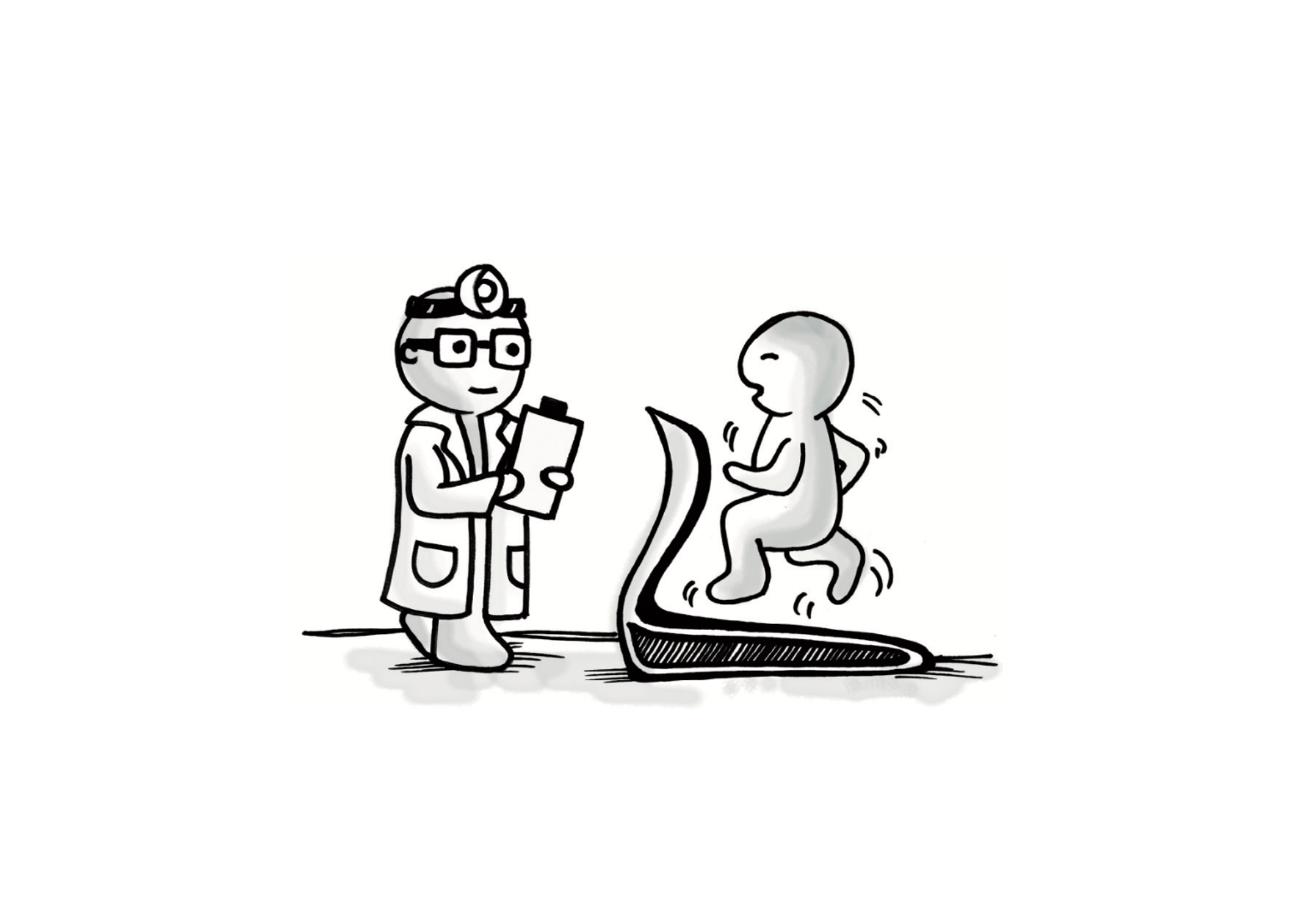Testing
Organising information for others is a big responsibility. Your design can influence other people’s productivity and understanding when they visit your page, website or intranet.
The key to becoming good at organising information is to be reflective and challenge your decisions. Do I have the correct organising principle in place? Have I selected the proper shape of the taxonomy? Is it usable? What’s stopping the information from being found? You can get answers to these questions by constantly testing your ideas and designs with target users.
Two techniques are often used to run such tests: card sorting and usability testing.
Card sorting
Card sorting is a simple exercise for creating categories or testing the categories' effectiveness.
Since trees and facets also use categories, card sorting also helps in testing trees and facets.
The technique goes something like this:
- Gather all the terms you want to test.
- Write down each term on a yellow-coloured index card. Again, you can use any colour. Use one card per term.
- Place all the cards on the table.
- Invite participants and make them feel comfortable.
- Ask the participants to group the cards that they think belong together.
- Ask them to label their groups.
- Analyse the results and compare them with any initial structure you had in mind.
The type of card sorting mentioned above is called open card sorting. It is open in the sense that there are no pre-defined categories.
Closed card sorting, on the other hand, is when we do the exercise with pre-defined categories. Here’s how it might go after putting the yellow cards on the table:
- Jot down the name of each category you want to test on a red index card. You can use any colour. Use one card per category.
- Ask the participants to match the yellow cards to the categories they think the card belongs to.
- Analyse the results and check if the categories are intuitive.
As you would have guessed, open card sorts are great for developing shared categories because you’re focusing on the participants' common knowledge.
You can also use tools like TreeJack to run remote card sorting exercises. These tools also do the math for you and present the findings visually. Talk about making things simple!
Usability testing
Even if you know the different ways of organising information for others, your design may not be usable. This is sad but often true.
Usability is about making it easy for users to use your design. Over the years, the design community has provided some excellent guidelines. However, even after using the guidelines, users may be confused with your design. But what could be confusing? To find this out, you need to put your design to the test. Such a test is called a Usability test.
A usability test goes something like this:
- Know why you are testing (create the hypothesis)
- Write down scenarios that will give data to test your hypothesis
- Create the page or pages you want to test
- Recruit the right users to take the test
- Run the test and record the session
- Thank your participants and start analysing the results
When considering usability issues, do not ignore the authoring and publishing interfaces. Many times, usability issues that end users face (front-stage issues) are a result of the problems that the authors face (back-stage issues).
